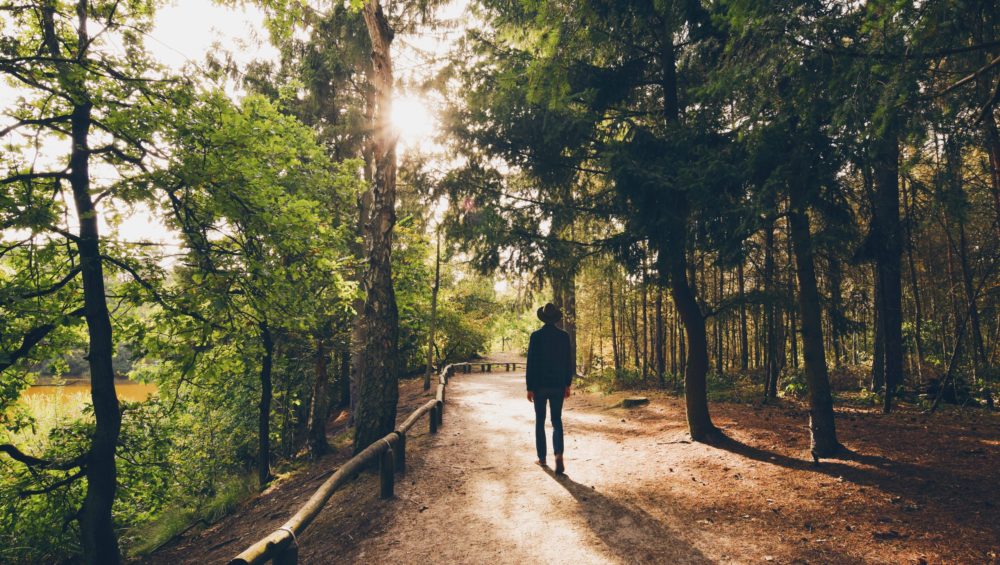In the busy everyday life, many people have a constant sense of rush. In fact, there is always more to do than there are hours in a day and we fly from here to there. Although the current lockdowns slow us down somewhat, we still seem to have too much to do.
A trend that opposes this is slow living. Instead of to-do’s, the emphasis here is on mindfully and consciously living in the moment. Not when you are still finishing that one task with your mind already on the next thing to do, but more often standing still and being aware of the moment. What does this bring you and how can you apply it in your own life? We zoom in on it in this blog.
What is slow living?
Slow living is a lifestyle that is about ‘being’ instead of ‘doing’. Not just in your spare time or when you have time to spare, but as a mindset. It makes you aware of what you have and allows you to enjoy it, also to be summed up under the term ‘conscious living’.
Although the origin of the slow living movement cannot be fully attributed to an event, the story goes that it originated from Italy. When McDonald’s opened a branch in Rome at the end of the 20th century, many saw this as a mismatch with Italian cuisine, which revolves around attention to preparing tasty food. Slow Food was founded in response to this, which has resulted in various slow living initiatives over the years.
Tips for a more thoughtful life
Do you also want to get started with a slower and attentive life? Surprise: you don’t necessarily need more time! It’s about being aware of the time you have and the things you do in it. How thoughtful life takes shape is different for everyone, because everyone experiences satisfaction and happiness from something else. A few tips to discover what slow living looks like for you:
- Do you have a day off? Pick a few things you want to do that day and do them with your full attention. Not three things at once, but one at a time.
- Now and then consciously plan nothing for a few hours – for example on the weekend – and then do nothing. Not cleaning that one closet, watching your series or repotting plants, but just really doing nothing: you’re bored actually. Bonus: this is also very good for your creativity !
- Take a long walk alone. Without music or podcast and with attention to the nature around you.
- Make something with your hands. Start drawing, knitting, woodworking or, for example, make pasta or bread yourself.
- Don’t automatically pick up your phone when you have to wait, but look around you when your table partner has gone to the toilet in a restaurant or when you are waiting for the train. Notice the people around you and say hello!
- Choose to eat consciously and slowly. Try to taste the different ingredients and focus on the taste of what you eat.
- Make a conscious effort to travel longer: cycle instead of by car or walk instead of bicycle.
- Dare to say no to questions and invitations from others, even if you do have time. That way you have more time to do nothing.
Of course, you don’t have to apply all of these points to experience slow living. However, they can help you become aware of what you have and develop a grateful attitude towards life.
The benefits of slow living
Consciously choosing to take it easy can provide a sense of relief. You will notice that you are less lived in today’s society where things often have to be done quickly. Small side note: fast isn’t always bad. However, it is about the balance: consciously think about which things you find worthwhile, think about that and do other things at a faster pace.
When you have a slow living mindset, it can manifest itself in different ways. You may have already noticed that in our list of tips, which vary from conscious eating to going outside and DIY. In addition, you can also express slow living in your interior or in sustainable travel . Want to know more about this way of life? Then read the book ‘ Seeking Slow ‘ or listen to this podcast .


